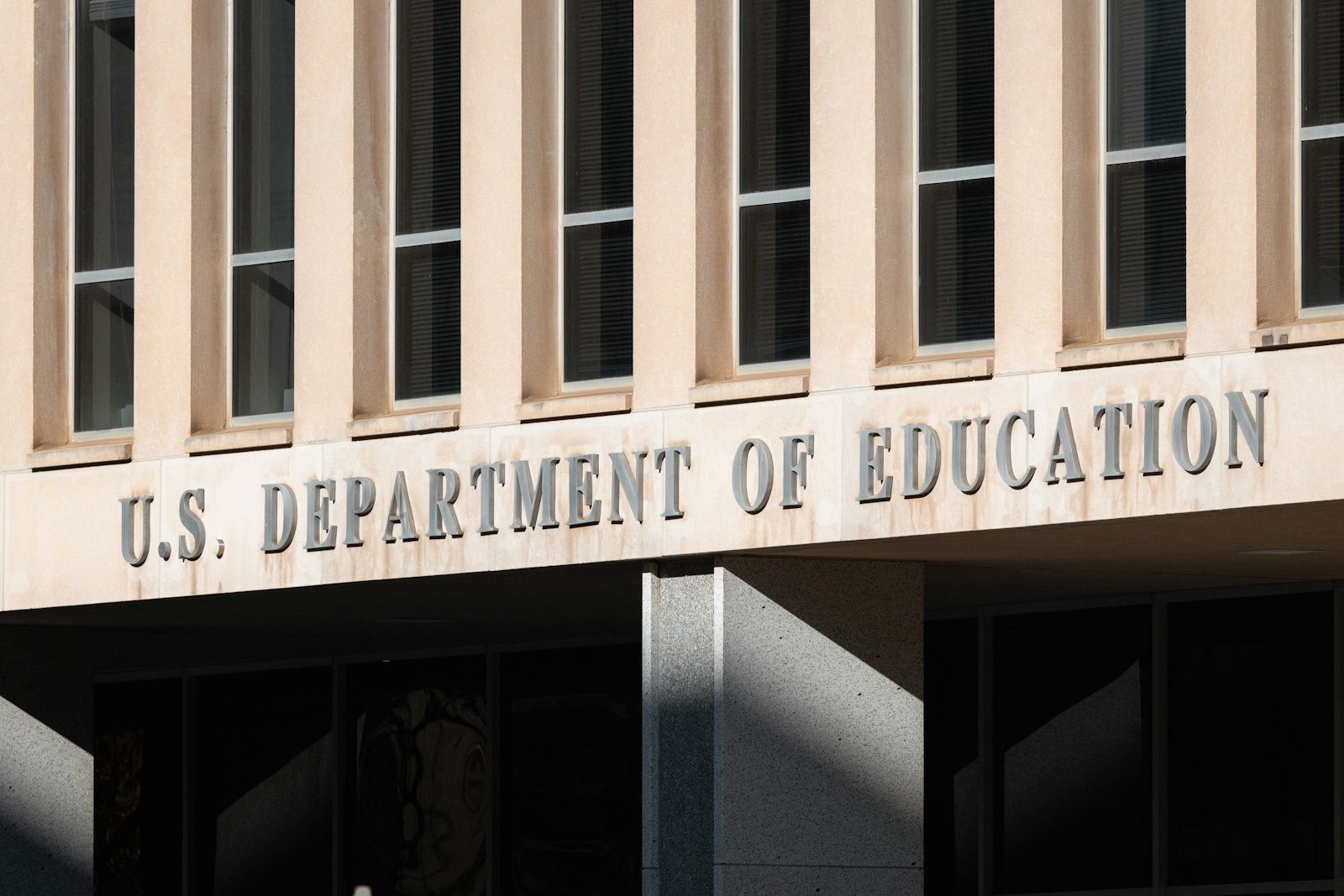Key Takeaways:
- U.S. colleges are set to spend a record amount on lobbying in 2025.
- This surge is due to President Trump’s slashes in federal funding for higher education.
- Schools are lobbying to address issues like antisemitism and diversity policies.
Introduction: As President Trump reshapes higher education with deep funding cuts, U.S. colleges are investing more than ever in lobbying. This strategic move aims to counteract the financial and policy challenges posed by the administration. With billions already cut, these institutions are fighting to protect their interests and secure necessary funds.
Why Are Colleges Lobbying More? The federal government has significantly reduced its financial support to colleges, pushing these institutions to lobby for restoration of funds. President Trump’s administration is particularly focused on how colleges handle antisemitism, diversity policies, and transgender inclusion. These issues have led to substantial funding cuts, prompting colleges to advocate more vigorously for their needs.
What’s At Stake for Colleges? Without federal funds, colleges face tough decisions like cutting programs or hiking tuition. These changes directly impact students, making the lobbyist efforts crucial for maintaining educational opportunities and affordability. The stakes are high, with potential effects on academic offerings and student access.
How Are Colleges Responding? Colleges are banding together, forming lobbying groups and hiring firms to influence policymakers. For instance, organizations like the American Council on Education are leading efforts to voice the concerns of higher education institutions. Lobbyists are engaging with lawmakers to highlight the importance of sustained federal support, emphasizing the role of colleges in societal and economic development.
Impact on Students: As colleges navigate funding cuts and heightened lobbying, students may feel the effects through higher tuition or reduced programs. The financial strain could limit opportunities, making it essential for lobbying efforts to succeed in securing necessary funds and preserving the quality of education.
Conclusion: The lobbying surge by colleges reflects their struggle against federal funding cuts. As they advocate for their needs, the future of higher education hangs in the balance. The outcome will shape opportunities for students and the role of colleges in America’s future.

